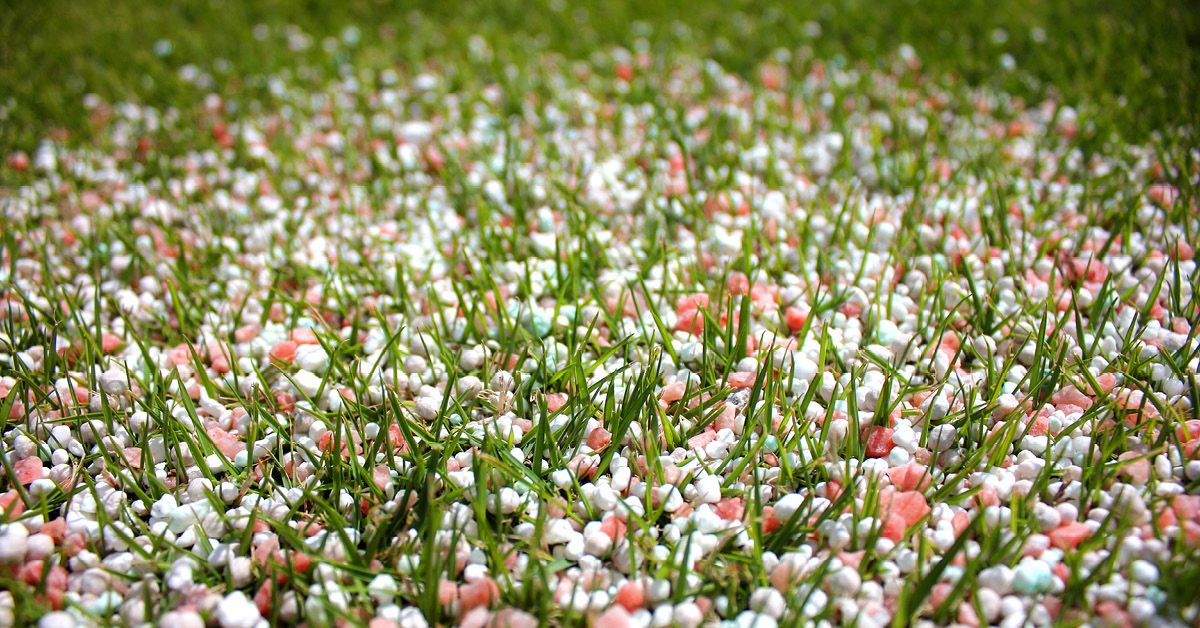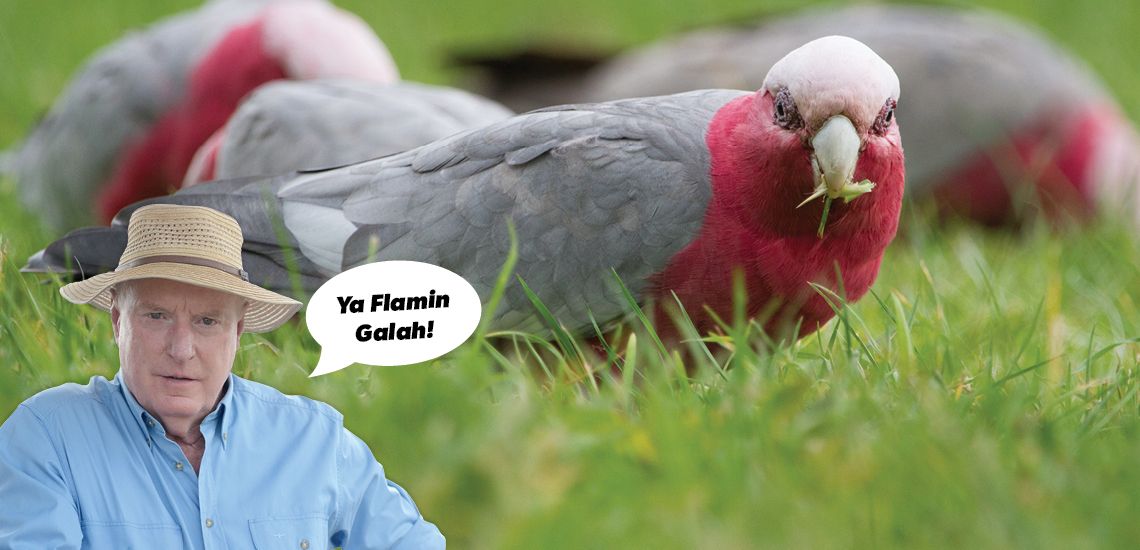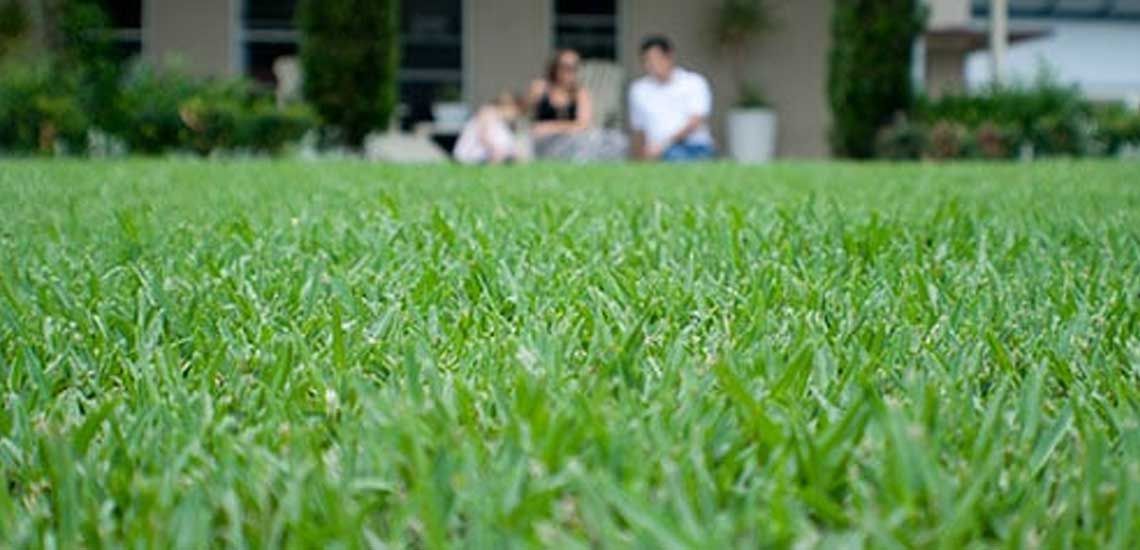
Can you over fertilise your lawn?
There are some out there who wouldn’t dream of fertilising their lawn very often or even at all, because it could lead to more mowing! But can you over fertilise your lawn?
For others there’s no such thing as too much of a good thing, right? Well when it comes to our lawns some of us can get a bit carried away with ‘more is more’ and it can come at the detriment of your lawn’s health.
Fertilising your lawn is an important part of lawn care though and shouldn’t be avoided.
Why should you fertilise your lawns?
We need to fertilise our lawns because there is usually a lack of the required nutrients it needs within the soil. We need to supplement the existing nutrient levels, so we can achieve a balance of all the nutrients your lawn needs to stay in top shape.
What happens when you over fertilise your lawn?
Over fertilising your lawn will cause sudden plant growth, particularly leaf growth and thatch. The problem with this is that the roots won’t experience the same amount of rapid growth and will then be unable to supply the amount of water and nutrient that your grass needs. As fertiliser is primarily made up of mineral salts, excessive fertilising will cause salts to build up in the soil making it difficult for water to be absorbed, which dries out your grass causing discolouration and possibly even plant death if bad enough.
Signs you may have over fertilised your lawn
Fertiliser burn on the grass leaf
Browning leaftips and yellowing of lower leaves
Darkened and weakened roots
Salt like crust of fertiliser on the soil surface
How to fix an over fertilised lawn
If the damage has been done during the growing months your lawn should recover quite quickly on its own. To help it on its way regular watering will be the best method to leach the excessive salts from the soil. You can also aerate and lightly top dress your lawn to improve the composition of your soil which will also aid in your lawn’s recovery.
How to not over fertilise your lawn
When applying fertiliser read the label for rates, but generally 20 grams per square metre is recommended in most cases, so two kilograms will do an average 100 square metre lawn.
You must water in your fertiliser after applying, otherwise you risk burning the leaf of the grass. If you don’t have a pop-up irrigation system, it’s a good idea to apply your fertiliser before heavy rain to save water. You can also set up a sprinkler or water it in well by hand with a hose.
If you have a pH imbalance, fertilising won’t be as effective. Test your soil’s pH level to ensure your lawn is able to absorb the nutrients it requires, instead of applying additional fertiliser, as this could be potentially harmful.
Only fertilise your lawn a few times a year. Additional light applications of particular nutrients can be applied if you are trying to rectify a lawn issue or if your lawn has experienced difficult growing conditions and requires a quick boost of nutrient for recovery.

Active Turf Supplies
684 & 736 Kurmond Road
Freemans Reach NSW 2756

Popular Articles

Why should you choose Active Turf?






